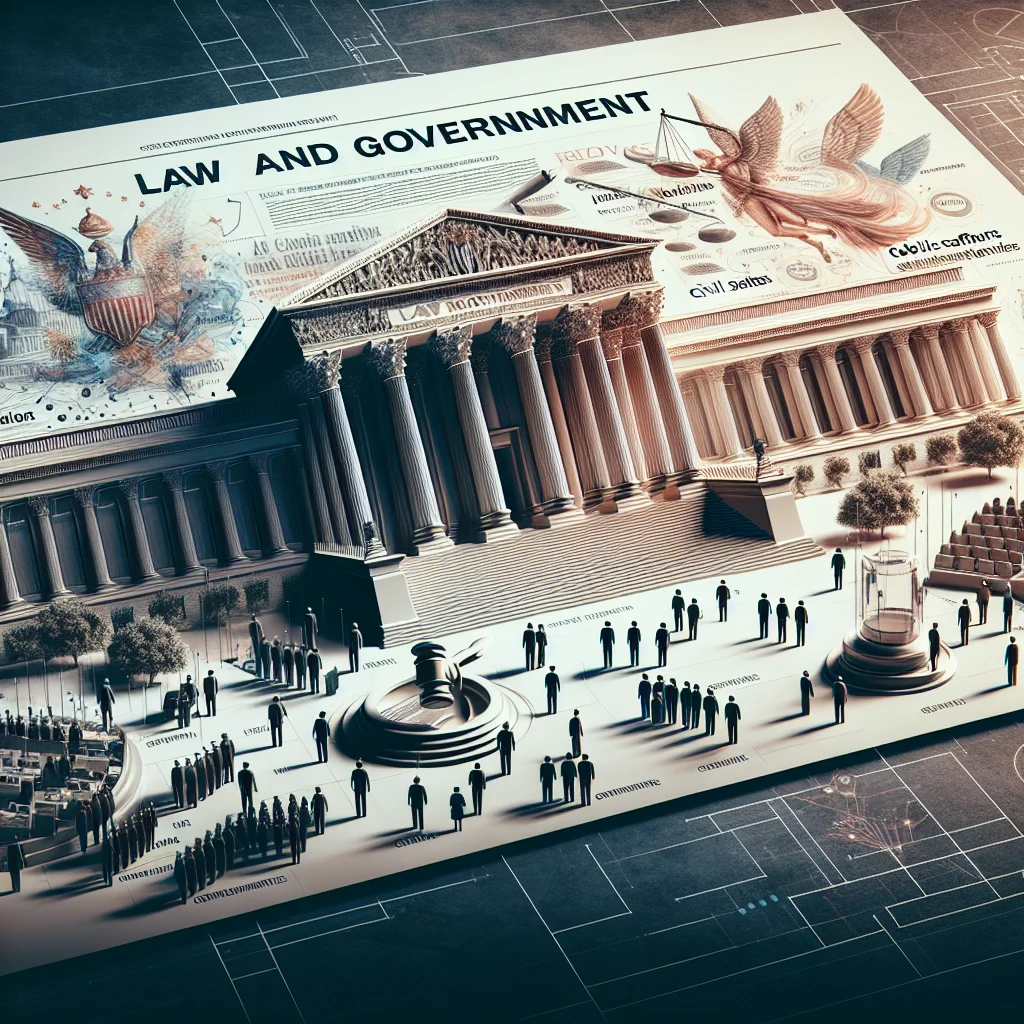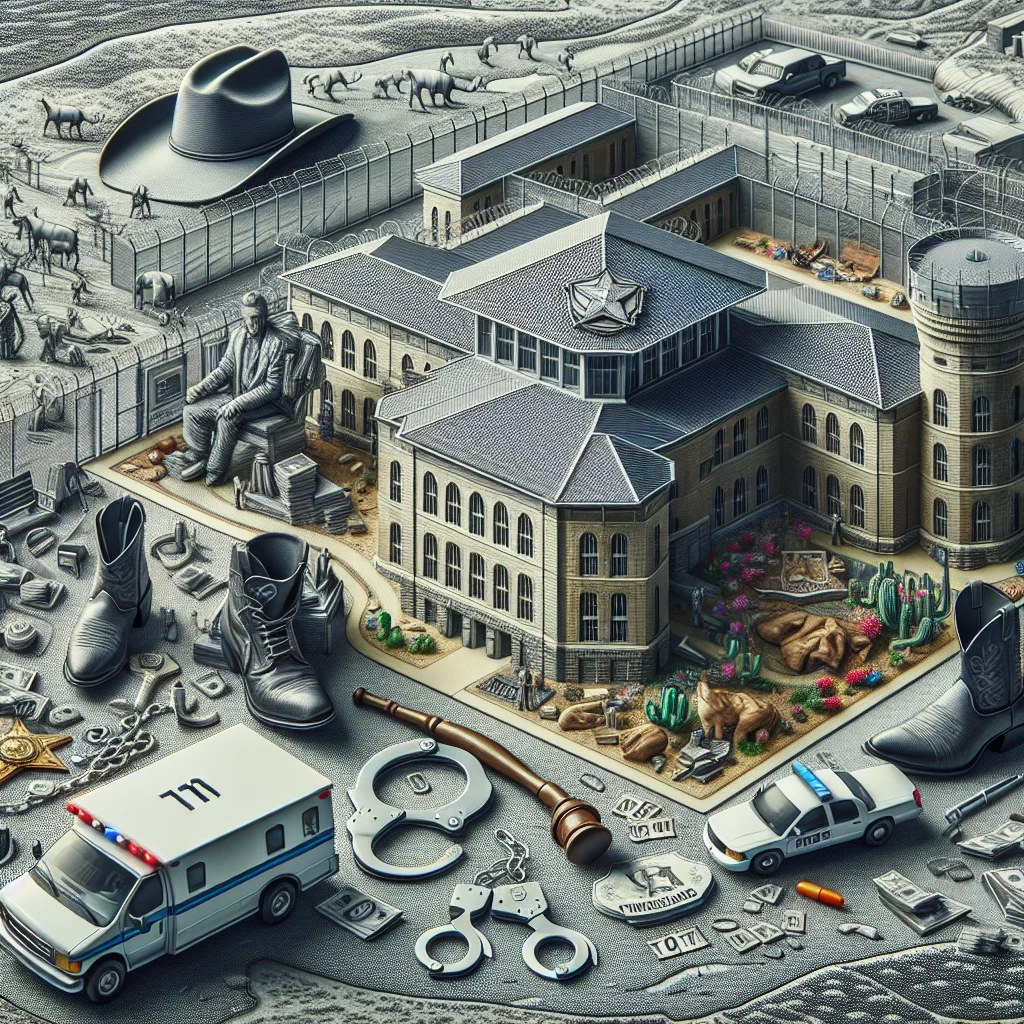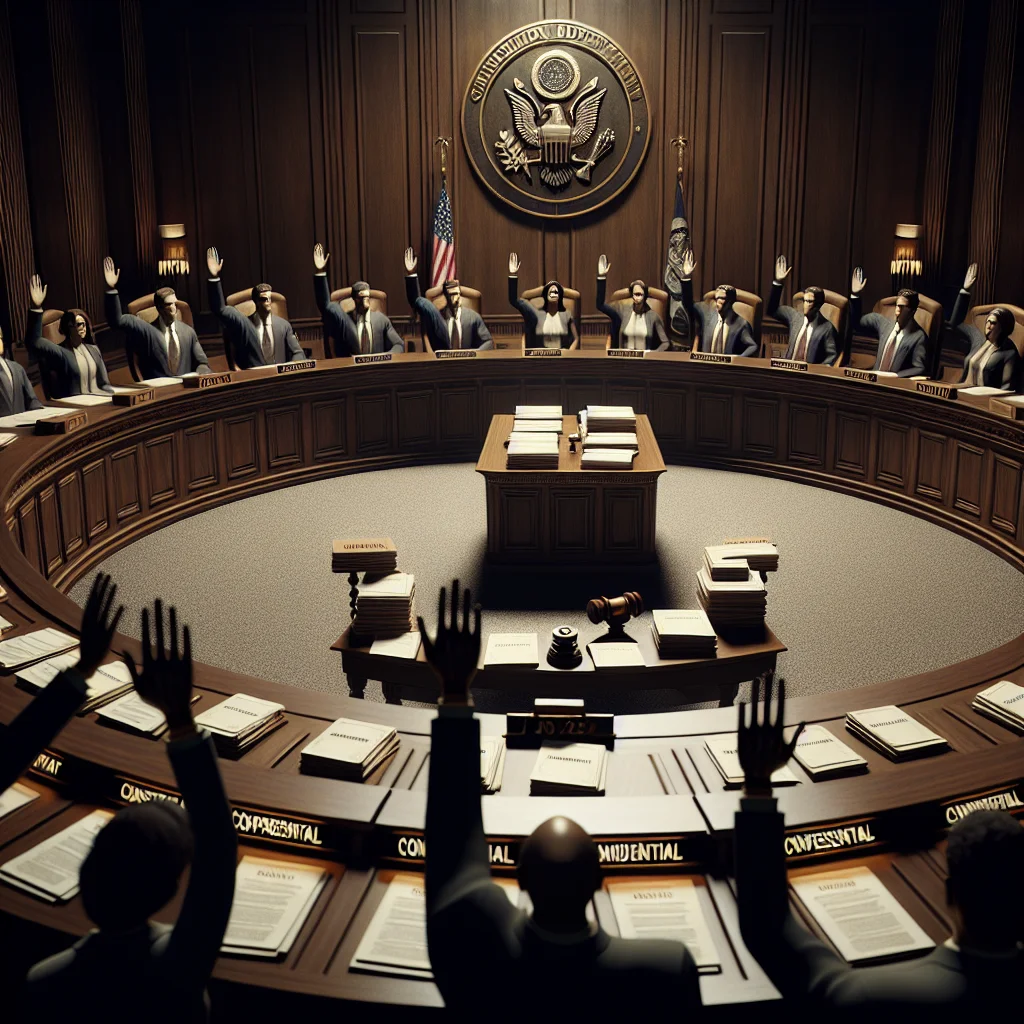
Washington, D.C. — In a landmark 6-3 decision on July 8, 2025, the U.S. Supreme Court ruled that President Donald Trump can move forward with plans to implement widespread layoffs across the federal workforce. The ruling marks a significant shift in the balance of power between the executive branch and long-standing federal employment protections.
Ruling Reverses Decades of Precedent
The Court's decision overturns lower court injunctions that had blocked the Trump administration from enacting large-scale reductions in federal staffing without traditional civil service safeguards. Writing for the majority, Chief Justice John Roberts stated that the president retains broad constitutional authority to oversee and restructure the executive branch, including the dismissal of federal employees.
The majority opinion argued that existing civil service statutes, while intended to prevent political purges, cannot override the president’s Article II powers. The dissent, led by Justice Sonia Sotomayor, warned that the ruling could undermine the independence and continuity of the federal civil service.
Impact on Federal Workers and Agencies
The Trump administration has repeatedly signaled its intent to remove what it describes as "entrenched bureaucracy" in Washington. The Supreme Court's decision now opens the door for the administration to move forward with plans to dismiss thousands of federal employees, particularly those in regulatory, environmental, and social policy roles.
The Office of Personnel Management estimates that over 50,000 federal positions could be affected in the initial wave of layoffs. Key agencies likely to see workforce reductions include the Environmental Protection Agency, Department of Education, and Department of Health and Human Services.
Political and Legal Ramifications
Supporters of the decision argue that it will allow the administration to streamline federal operations and ensure government workers are more responsive to elected leaders. Critics, however, warn of potential disruptions in essential public services and a chilling effect on government expertise and continuity.
Federal employee unions and advocacy groups have vowed to continue fighting the layoffs through legislative channels and ongoing litigation. Lawmakers from both parties are now considering measures to restore or strengthen civil service protections in the wake of the ruling.
Broader Context
This Supreme Court decision comes amid wider debates over the "unitary executive theory" and the scope of presidential powers. It follows several recent rulings that have expanded White House authority over federal agencies, signaling a new era in the relationship between the branches of government.
As implementation plans take shape, agencies and affected employees are bracing for significant changes to the structure and function of the federal government in the coming months.














